By Özgür Altınbaş
By Özgür Altınbaş, Urumqi, Xinjiang / China
Together with M. Ilker Yücel, Editor-in-Chief of Aydınlık newspaper, we visited China from the west to the east between September 1-13. We spent 5 days in the Xinjiang Uyghur Autonomous Region, which we visited upon the invitation of the China News Agency. Our journey started in Urumqi and continued in the Yili Kazakh Autonomous Prefecture. We will share our observations with our readers with our series of articles starting today.
Xinjiang international Grand Bazaar
The first stop on our trip was the Xinjiang International Grand Bazaar, the most touristic place in Urumqi. It was completed on June 26, 2003, and is now the largest bazaar in the world in terms of scale. There are more than 3 thousand shops inside. Combining Islamic culture, architecture, ethnic trade, entertainment and catering, it is a meeting place and exhibition center for tourism products in Xinjiang. It is also called the “Window of Xinjiang”, “Window of Central Asia” and “Window of the World”. Inside the bazaar, you can see many buildings depicting the Silk Road.
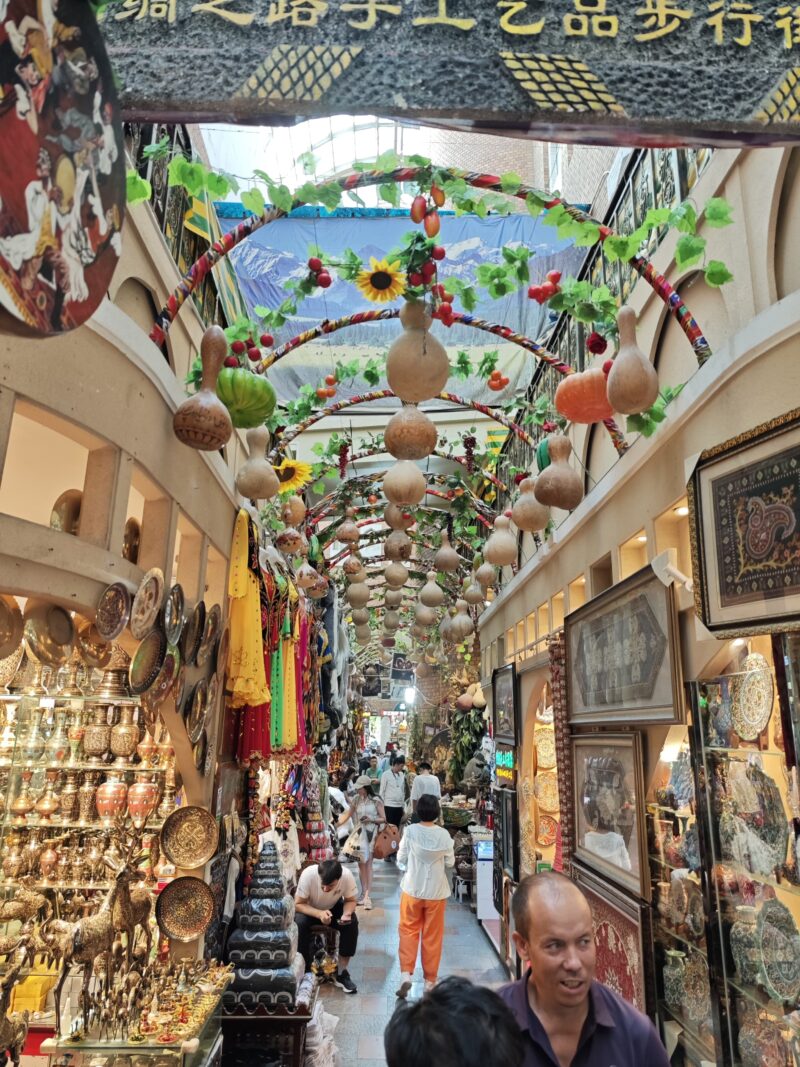
Lively and warm
The bazaar is open all day and the shops are open until the night hours. When you enter the bazaar, you see dance troupes from different ethnic groups performing in the square. The big bazaar, which hosts tens of thousands of guests every day, is a mosaic of China’s ethnic richness. Here we saw the nuclei of Uyghur, Hui, Han, Kazakh, Uzbek, Kyrgyz and many other cultures.
Who is the person with the donkey?
While walking in the bazaar, on the streets, balconies and rooftops, there is a bearded man with a donkey and bread in his hand. It says 阿凡提 in Chinese characters. When you first hear these characters pronounced as afandi, it reminds you of the word master. Yes, that’s right, it actually means master. We asked the team who this character was, and their answer was as follows: Nasreddin Effendi! Nasrettin Hodja, called Nasreddin Effendi in Xinjiang, is a hero of Uyghur culture. He is also the name of a very famous brand.
Wise, intelligent, pro-people
Nasreddin Hodja is the character you see most often in the bazaar. Nasreddin Hodja is described as a wise man in Uyghur culture, and the Shanghai Animation Film Studio produced a 13-part series of color puppet films about him from 1981 to 1988. The series is called “Effendi’s Stories.” Each episode is 20 minutes long and the main content is a battle of wits between the clever and wise Nasreddin Effendi and local bullies, overlords, kings and groups oppressing the people. Nasreddin Effendi has actions, humor and intelligence that are unique among the positive hero images in Chinese film and television works at the time. Many elements of Effendi’s Story, such as the design, music, and clothing, belong to Uyghur culture.
Nasreddi̇n Hodja in Chinese sources
Chinese sources describe Nasreddin Effendi as “an idealized figure created by the Uyghur working people in their struggle against the reactionary ruling class and the feudal secular ideas of previous dynasties.” Chinese sources also describe Nasreddin Effendi as “hardworking, brave, witty, optimistic, rich in wisdom and sense of justice, and daring to despise the reactionary ruling class and all corrupt forces.” “He reflects the qualities of the working people and their open feelings of love and hatred, reflecting their interests and desires. He is an artistic image deeply loved by people of all ethnic groups in Xinjiang.”
Translated into 5 languages
China published Nasreddin Hodja’s stories in five languages after 1958: Chinese, Uyghur, Mongolian, Kazakh and Tibetan. Among these, the version edited by Ge Baoquan contained 393 stories and is known as the most complete version to date, according to Chinese sources.
Received awards
The Master’s Story has also won many awards. In 1979, it won the Chinese Ministry of Culture Fine Arts Film Award, the Hundred Flowers Award Film Awards Best Fine Arts Film Award, the first prize for animated short film at the Chicago International Children’s Film Festival in 1989, and the first national minority-themed film Tenglong Award for fine arts films.
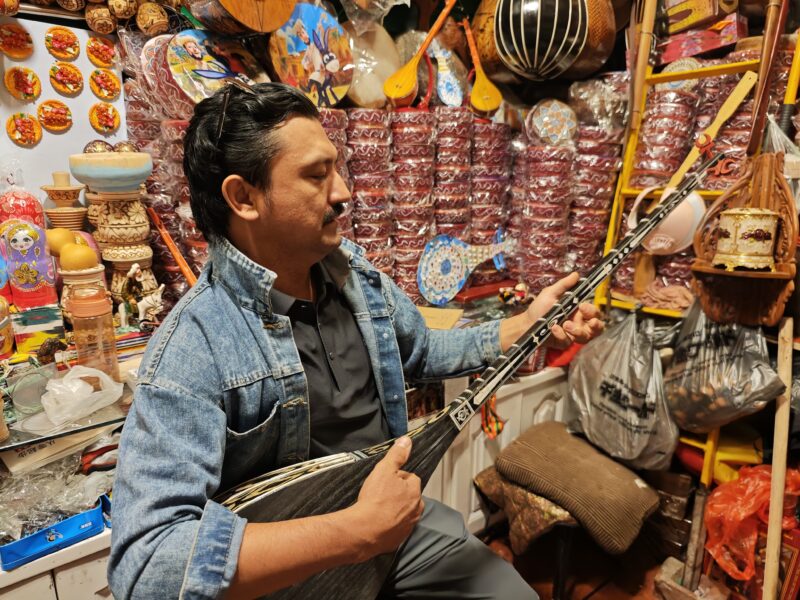
Culinary richness
The Xinjiang region has a great food culture that comes from its ethnic richness. Due to the large Muslim population living in the region, the cuisine consists largely of halal products. You can find dishes very close to Turkish cuisine and even the same dishes in Xinjiang Uyghur Autonomous Region. The region has many unique dishes such as garbage skewers, samsa stuffed with meat, tea with milk and many more. Xinjiang is a region known for the flavor of its food in general.
Xinjiang means investment
When you visit Urumqi, the capital of the Xinjiang Uyghur Autonomous Region, you are struck by its development. As in other parts of China, the use of electric vehicles is quite common. When we ask Xinjiang people we talk to on the street about the region, the first answer they give is, “The government is making big investments here.” Xinjiang, one of the key regions of the Belt and Road Initiative, has achieved great development in recent years with tens of billions of dollars of sanctions. At $271 billion, the GDP of the Xinjiang Uyghur Autonomous Region alone is higher than many countries. In June 2024, according to a report released by the China National Development and Reform Commission, major projects in the region completed a cumulative investment of 147.38 billion ($20.8 billion) yuan based on physical workload, which is 42.1 percent of the annual plan and an increase of 11.1 billion yuan compared to the same period last year. This represents a year-on-year increase of 8 percentage points. Investment completed in June also exceeded 50 billion yuan ($7.05 billion). The report said it will “closely focus on the primary task of high-quality development and the strategic task of building a new development model.”
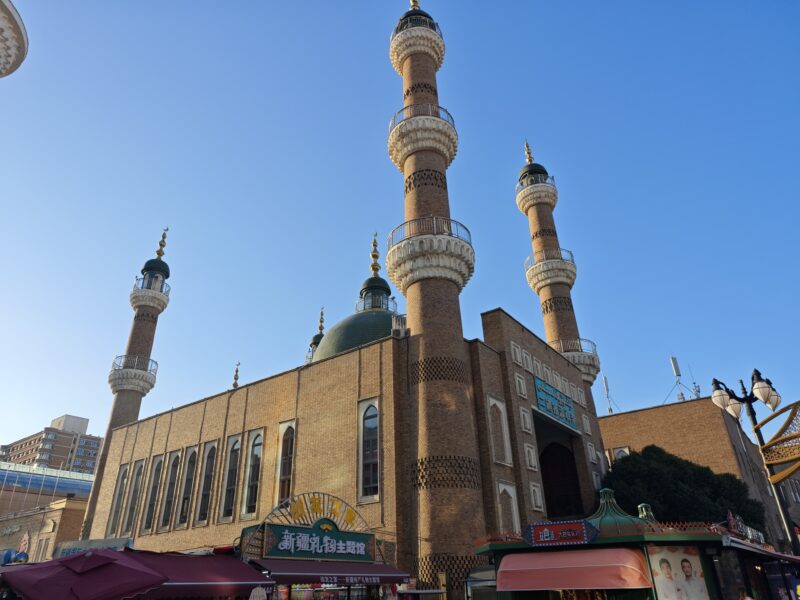
No terror incidents for years
One of Xinjiang’s biggest problems in the past was terrorism. Terrorist incidents hindered many situations, from ethnic coexistence to economic development. Many Chinese citizens, including Uyghurs, lost their lives in the terrorist acts of radical so-called Islamist organizations. After the fight against terrorism, there have been no terrorist incidents in the region since 2016. The security environment in Xinjiang was the most frequently mentioned point by the people we talked to on the street.
To be continued…







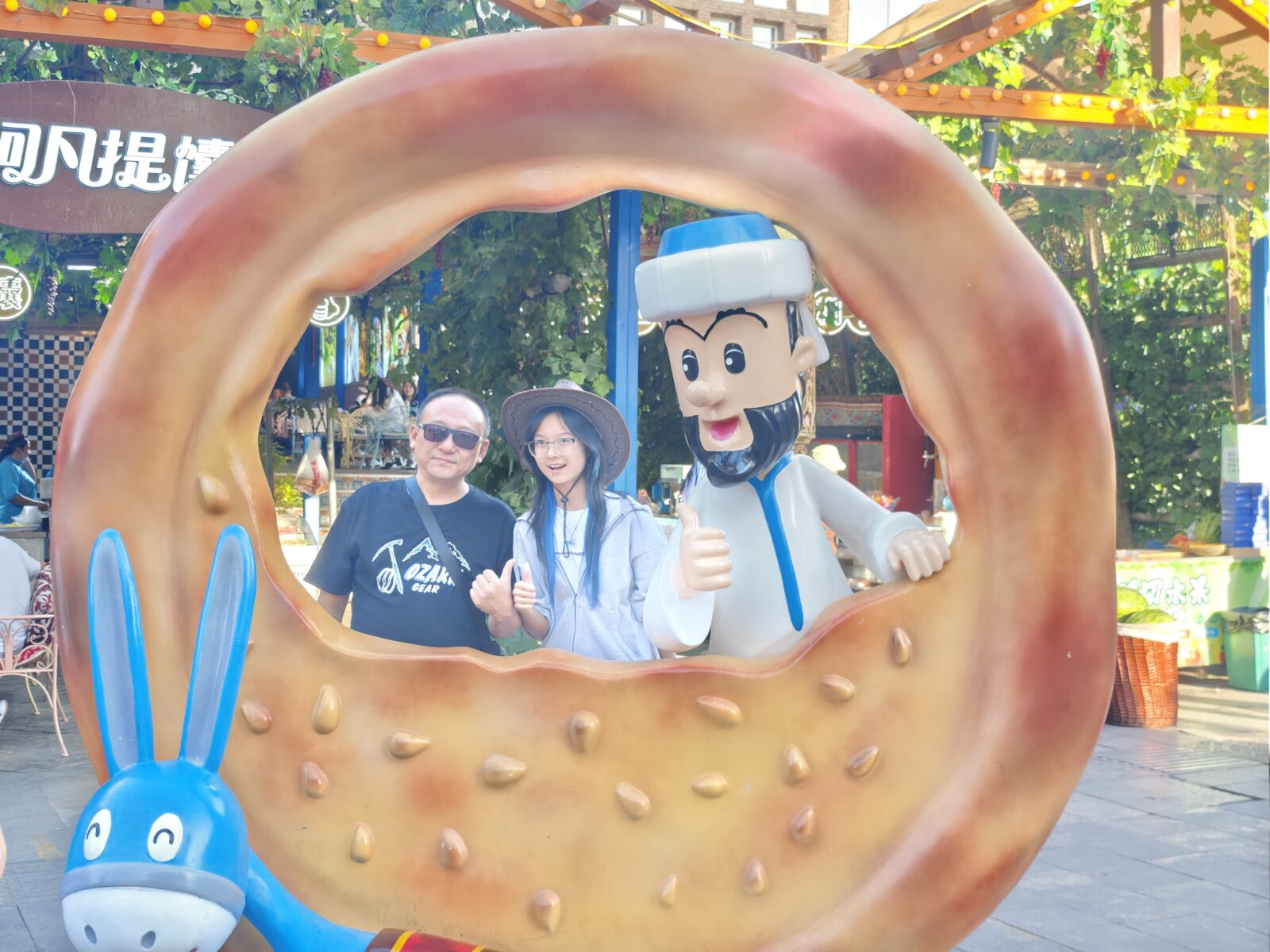





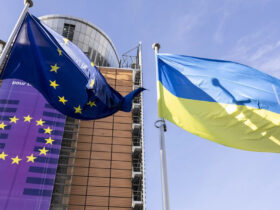
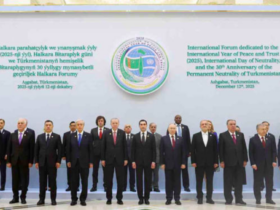
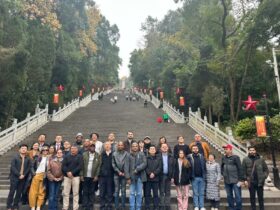

Leave a Reply